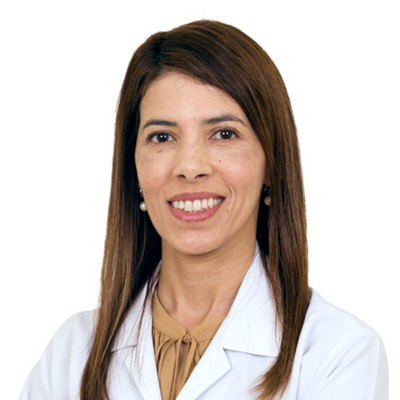Rheumatoid arthritis (RA) is a disorder affecting joints, especially in hands and feet. Find below more information on how to recognise the disorder while still at an early stage.
What is rheumatoid arthritis?
RA is an autoimmune disease in which the immune system, that is responsible for protecting our health from bacteria or other microorganisms, attacks the joints causing inflammation.
If left untreated, the inflammation can damage the joint resulting in decreased mobility and deformities.
Early diagnosis and treatment of rheumatoid arthritis is of major importance because joint damage is not reversible and it can occur early.
What are the signs of rheumatoid arthritis?
Joint pain, commonly involves the hands, wrists, feet, elbows, knees and ankles, is a sign of RA.
The symptoms of RA develop gradually and may come and go. Early symptoms may include fatigue, muscle pain, a low-grade fever, weight loss, and numbness and tingling in the hands.
In some cases, these symptoms occur before joint pain or stiffness is noticeable.
In the early stages people may not see swelling of the joints.
RA is a systemic disease and can affect other body systems: mouth (dryness); eyes (dryness, redness, pain); lungs (shortness of breath); blood (anaemia); skin (nodules).
Who is affected by rheumatoid arthritis?
Anyone can develop rheumatoid arthritis. Most commonly it begins between the ages of 25 and 55, and women are about three times more likely than men to get RA.
Cigarette smoking is a recognised factor that increases the risk of developing rheumatoid arthritis.
Rheumatoid arthritis diagnosis
There is no single test used to diagnose rheumatoid arthritis. The diagnosis is based upon many factors, including the characteristic signs and symptoms, the results of laboratory and imaging tests.
Rheumatoid arthritis treatment
The aim of rheumatoid arthritis treatment is to stop inflammation, control patient's signs and symptoms, prevent joint damage, and maintain the patient's quality of life and function.
To achieve these goals, the important things are early treatment, targeting remission (no signs or symptoms of inflammation) and tight control (keeping the disease activity in a low level).
The treatment is a combination of medication and non-drug therapies such as exercise, rest and physician and occupational therapy.
Article Compile by:
Dr. Luzia Sampaio,
Consultant Rheumatologist at Mediclinic Dubai Mall and Mediclinic Al Sufouh.
To read more about her check below:

